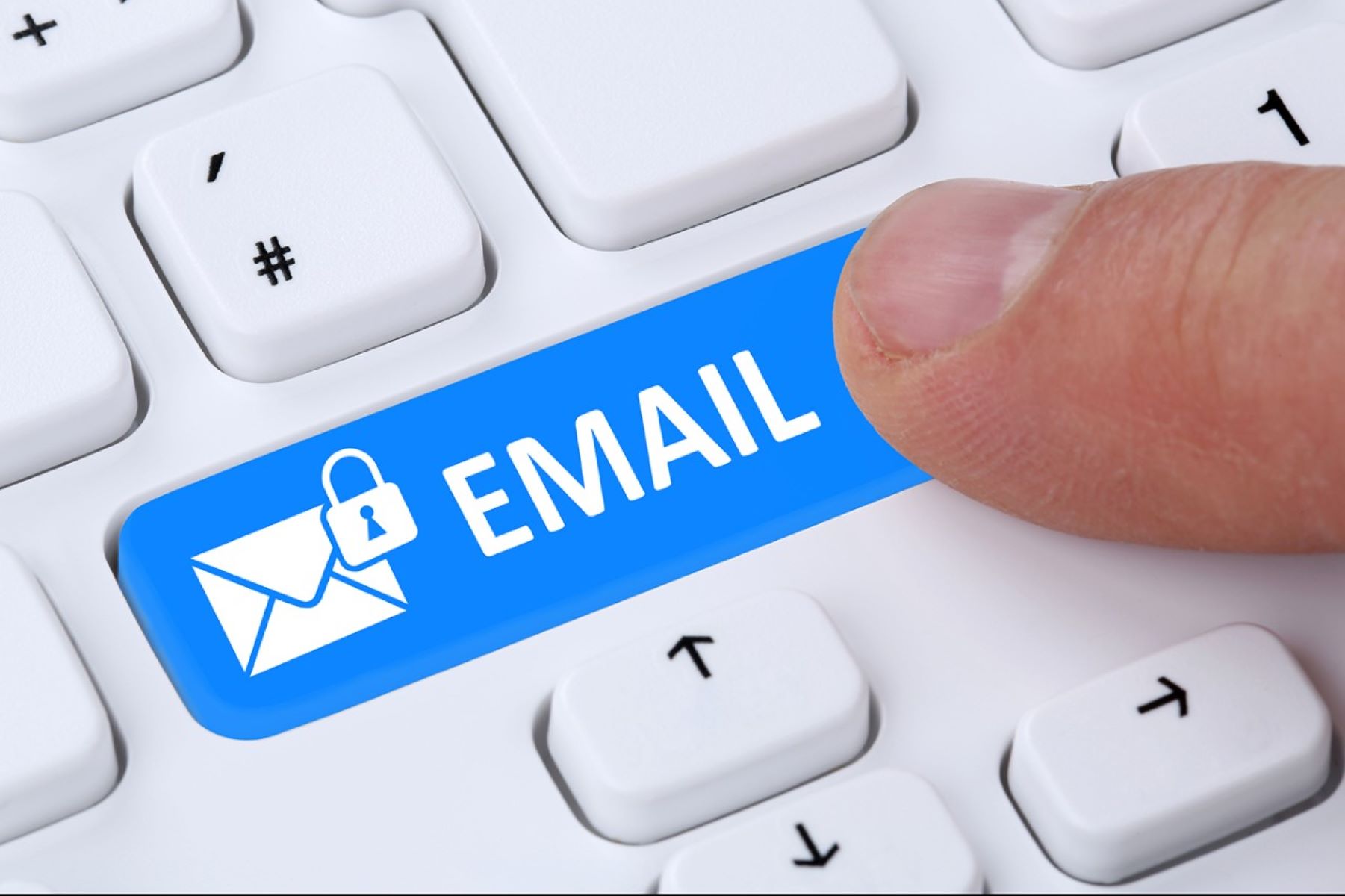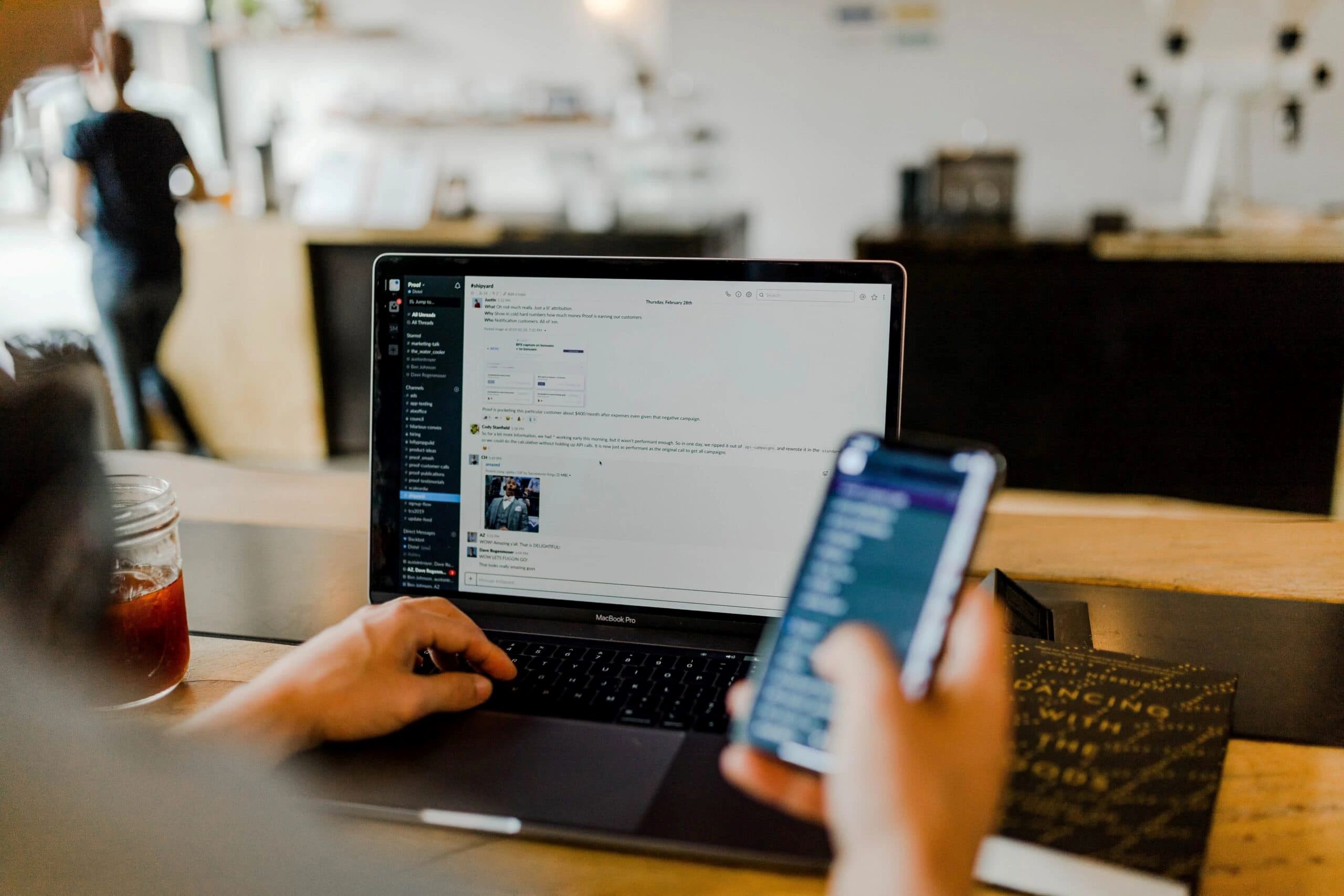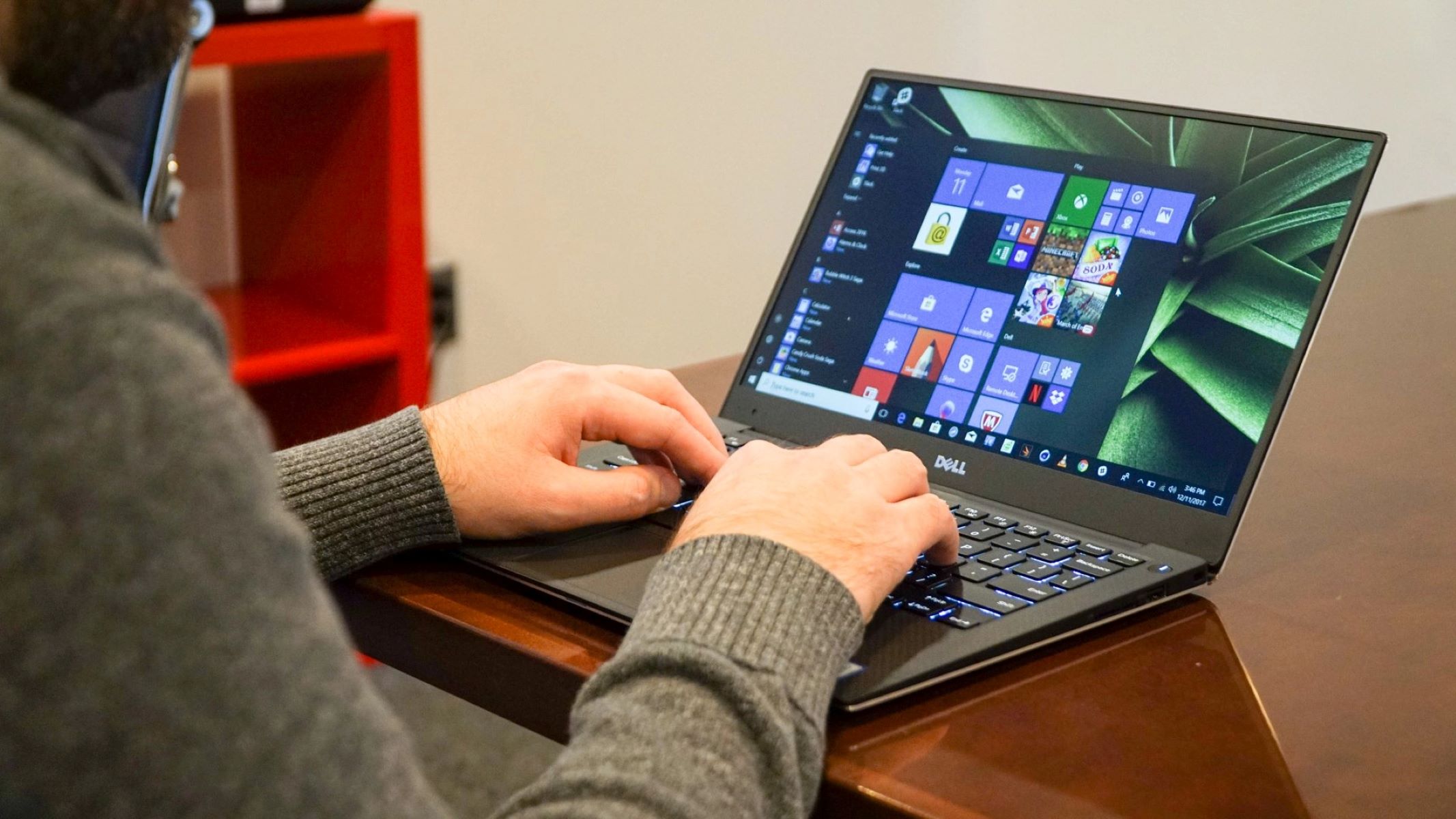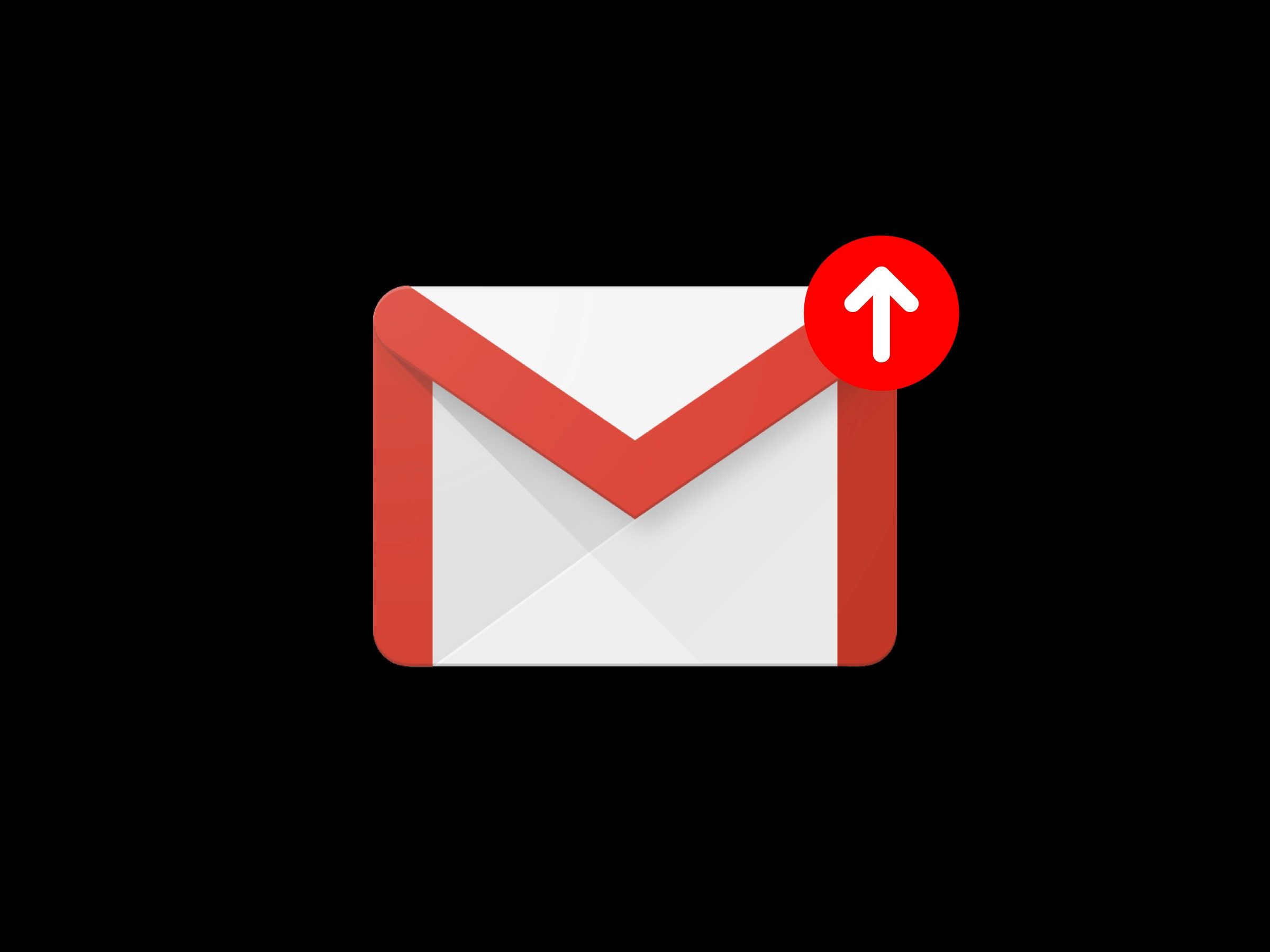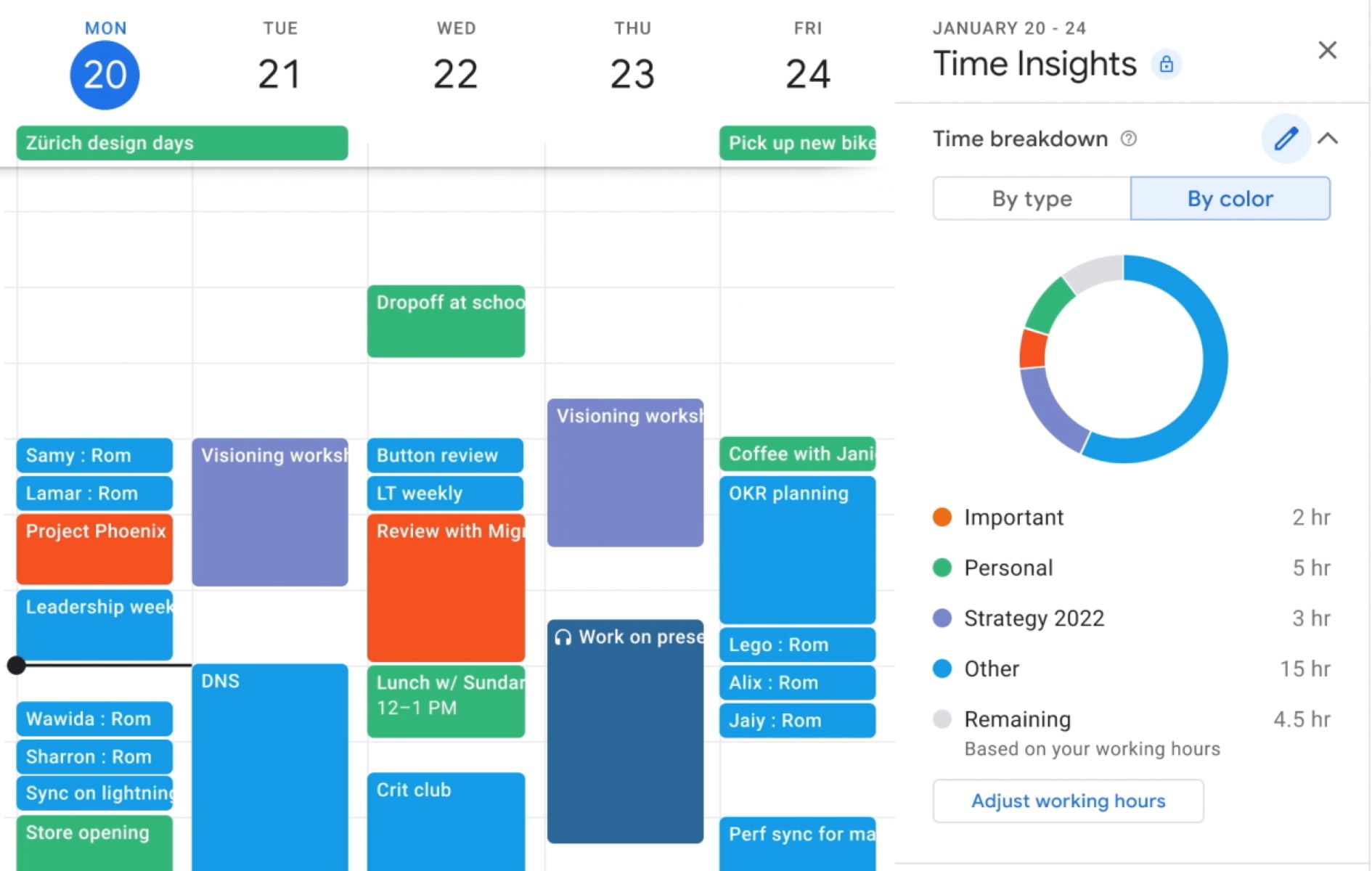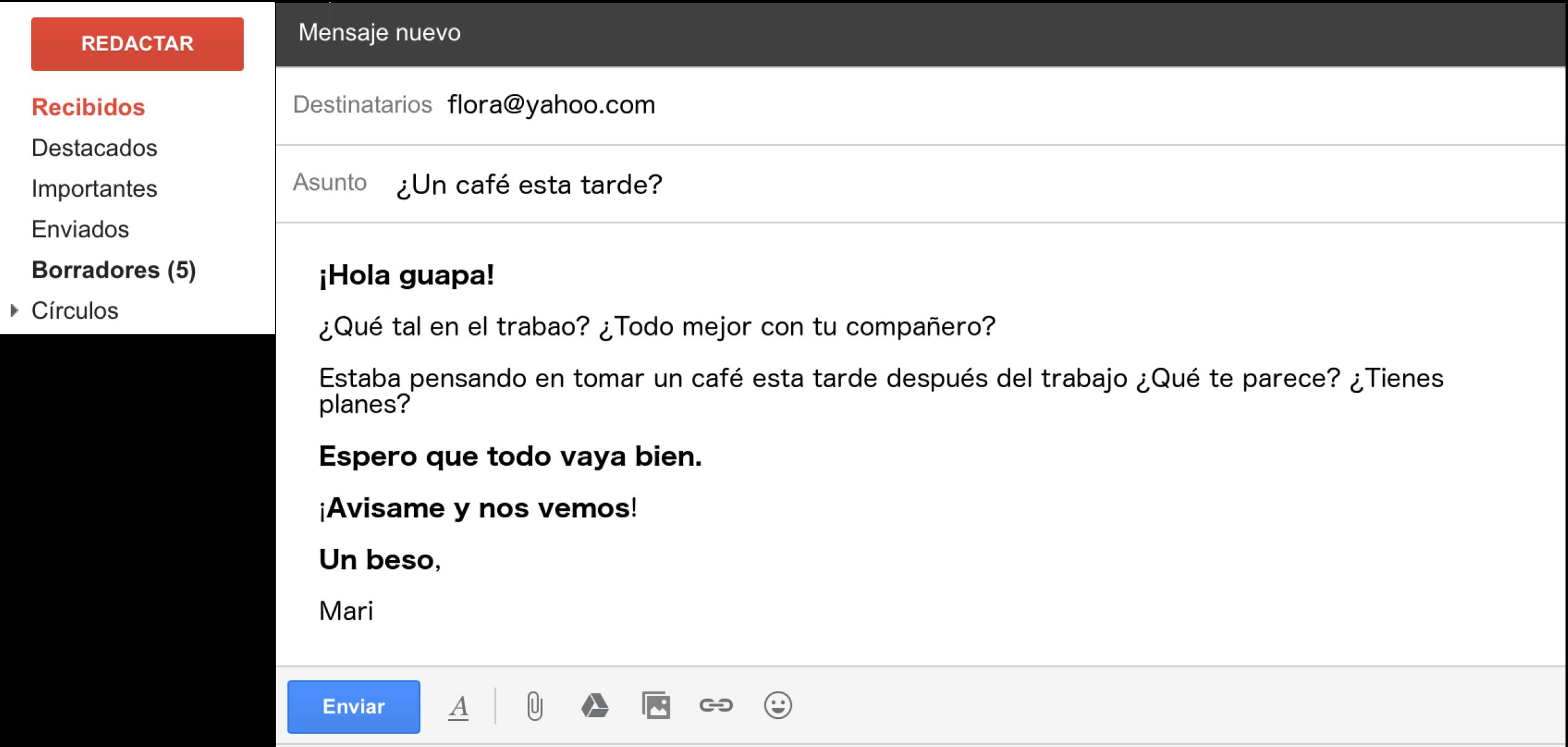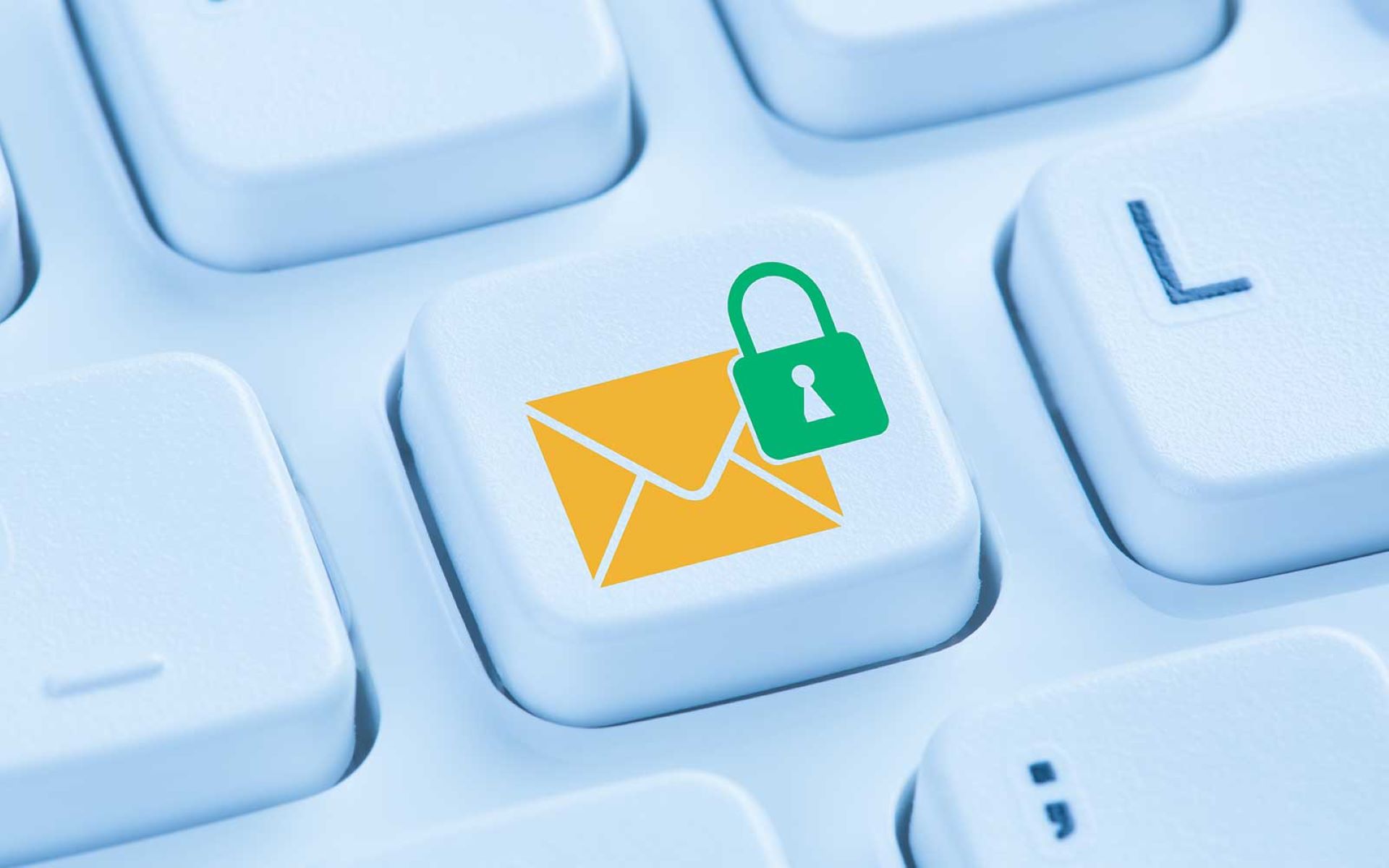Why a proper ending matters
When it comes to email communication, the way you end your message is just as crucial as how you begin it. A proper ending can leave a lasting impression on the recipient and help establish professionalism, credibility, and clarity. Here are a few reasons why paying attention to your email endings is essential:
- Leaving a positive impression: The closing of your email serves as the final interaction between you and the recipient. It’s your last opportunity to leave a positive impression, so make it count. A well-crafted ending can leave the recipient feeling satisfied, appreciated, and eager to respond.
- Establishing professionalism: A proper email ending shows that you take your communication seriously and that you value professionalism. It demonstrates your attention to detail and your commitment to maintaining a high standard of communication in all aspects of your business or personal interactions.
- Enhancing clarity: An effective closing can help avoid ambiguity and ensure that your message is understood by the recipient. It provides closure to the overall conversation and helps the recipient know what to expect next, whether it’s a response, further action, or simply the end of the communication.
- Building trust and credibility: A well-crafted email ending can contribute to building trust and credibility with the recipient. By providing clear contact information and utilizing a professional email signature, you make it easier for the recipient to reach out to you and establish further communication.
Remember, a proper email ending reflects your professionalism, reinforces your brand, and can make a significant difference in how your message is perceived. It’s not just a perfunctory closing; it’s an opportunity to leave a lasting impact. So, take the time to craft an ending that fulfills its purpose, leaving the recipient with a positive impression and a clear understanding of how to proceed.
Sign off with your name
The first step in ending an email effectively is to sign off with your name. This might seem like a basic aspect of email etiquette, but it carries significant weight in terms of personalization and establishing a connection with the recipient. Here’s why signing off with your name is important:
- Adding a personal touch: By including your name at the end of an email, you add a personal touch that humanizes the communication. It shows that you are not just a faceless entity behind the screen, but a real person who values the recipient’s time and attention.
- Creating familiarity: When you consistently sign off with your name, it helps create a sense of familiarity between you and the recipient. This can be especially beneficial if you have an ongoing email conversation or if you’re building a professional relationship. The recipient will associate your name with the previous conversations and be more likely to recognize and respond to your future emails.
- Providing clarity in group emails: When you’re part of a group email thread, signing off with your name helps avoid confusion. It ensures that every recipient knows who the message is coming from, particularly if there are multiple people involved in the conversation.
- Facilitating easy search: When recipients search their emails for a specific conversation or contact, having your name as the sign-off can make it easier for them to locate the message. This is particularly useful if you have exchanged multiple emails over time or if the recipient needs to refer back to your previous communication.
Remember, signing off with your name is more than just a formality. It humanizes your communication, helps create familiarity, and provides clarity to the recipient. So, whether it’s a professional email or a personal one, always remember to include your name at the end to leave a lasting impression and facilitate easy communication.
Choose an appropriate closing phrase
Choosing the right closing phrase is an important aspect of ending an email on a positive and professional note. It sets the tone for the overall message and leaves a lasting impression on the recipient. Here are some tips on how to select an appropriate closing phrase:
- Consider the context: The closing phrase you choose should align with the purpose and tone of your email. For more formal or professional emails, consider using phrases such as “Sincerely,” “Best regards,” or “Kind regards.” For less formal or personal emails, you can opt for phrases like “Take care,” “Warm regards,” or “Thank you.”
- Reflect your relationship with the recipient: Take into account your relationship with the recipient when selecting a closing phrase. If you have a closer, more familiar connection, you can use phrases like “All the best,” “Cheers,” or “Looking forward to hearing from you.” If it’s a formal or introductory email, it’s best to stick with more traditional closing phrases.
- Match the level of urgency: If your email requires a prompt response or action from the recipient, consider using closing phrases that convey a sense of urgency or follow-up. Phrases like “Looking forward to your swift response,” “Please let me know at your earliest convenience,” or “Looking forward to hearing back soon” can effectively communicate the need for a timely reply.
- Consider cultural differences: Keep in mind that certain closing phrases may be more common or appropriate in specific cultures or regions. Research the recipient’s cultural background or preferences if you’re unsure, or stick to more universally accepted phrases that are less likely to cause misunderstandings or offense.
Remember, the closing phrase you choose should align with the context, reflect your relationship with the recipient, and convey the appropriate level of urgency. It’s the last impression the recipient will have of your email, so choose wisely to leave a positive and professional impact.
Include your contact information
When it comes to ending an email, it’s essential to include your contact information to facilitate further communication and establish a sense of professionalism. Here are a few reasons why including your contact information is important:
- Easy accessibility: By providing your contact information, such as your phone number and email address, you make it easier for the recipient to reach out to you. This is especially helpful if they have follow-up questions, need to schedule a meeting, or simply want to continue the conversation.
- Builds trust: Including your contact information demonstrates transparency and builds trust with the recipient. When you openly share your contact details, it shows that you are willing and available to engage in further conversation, reinforcing your credibility and professionalism.
- Convenience for the recipient: Having your contact information readily available saves the recipient time and effort. They won’t need to search for your details or navigate through previous emails to find how to reach you. Instead, they can simply refer to the email’s ending and access the necessary contact information.
- Encourages direct communication: By providing your contact information, you encourage direct communication between you and the recipient. This bypasses any potential delays or miscommunication that may occur through email and allows for a more immediate and efficient conversation.
Remember, including your contact information at the end of your email ensures easy accessibility, builds trust, and saves time for the recipient. By providing your contact details, you establish a clear path for further communication and demonstrate your commitment to effective and professional interaction.+
Utilize a professional email signature
One effective way to end an email professionally is by utilizing a well-designed and informative email signature. Here’s why having a professional email signature is beneficial:
- Establishes your identity: An email signature serves as a digital representation of your identity. It includes important information such as your name, job title, company name, and contact details, which helps recipients easily identify and recognize who you are.
- Enhances credibility: A professional email signature adds to your credibility and professionalism. It shows that you take your communication seriously and pay attention to the details. This can be especially important when corresponding with clients, partners, or potential employers.
- Provides relevant information: By including pertinent information in your email signature, such as your phone number, website, and social media links, you make it convenient for recipients to contact you or learn more about your business or personal brand.
- Consistency across communications: Utilizing a consistent email signature helps maintain a cohesive and professional image across all your email communications. Whether you’re sending an email to a colleague, a customer, or a potential client, having the same signature establishes a sense of familiarity and professionalism.
- Opportunity for branding: Your email signature provides an opportunity for subtle branding. You can include your company logo or use specific colors/fonts that align with your brand identity, further reinforcing your brand image and recognition.
Remember, a professional email signature not only adds a touch of professionalism to your email endings but also serves as a powerful tool to establish your identity, enhance credibility, provide relevant information, and maintain consistency across your communications. Take the time to design a well-crafted email signature that reflects your brand and conveys the necessary information in a visually appealing manner.
Add your website or social media links (if applicable)
When ending an email, it can be advantageous to include links to your website or social media profiles, especially if they are relevant to the conversation or can provide additional value to the recipient. Here’s why adding your website or social media links can be beneficial:
- Additional information: Including links to your website or social media profiles gives the recipient easy access to more information about you or your business. They can explore your website to learn more about your products or services, read your blog, or discover other resources that may be helpful to them.
- Showcasing expertise: If you have a personal or professional blog, adding a link to it in your email signature can showcase your knowledge and expertise in a particular subject area. This can be particularly valuable if you’re communicating with potential clients or industry peers who may be interested in your insights.
- Building connections: Including links to your social media profiles, such as LinkedIn or Twitter, can help recipients connect with you on a more personal or professional level. They may choose to follow you on these platforms, allowing for ongoing engagement and the potential for future collaboration or networking opportunities.
- Increasing online presence: By including links to your website or social media profiles, you can help drive traffic to your online platforms. This can result in increased visibility, engagement, and potential business or career opportunities.
- Providing options for contact: Adding your website or social media links offers alternative avenues through which the recipient can contact you. They may prefer to connect with you through a social media platform or explore your website for more contact options beyond email.
Remember, adding website or social media links to your email signature can provide additional information, showcase your expertise, build connections, increase online presence, and offer alternative contact options. Ensure that the links are relevant to the conversation and align with your personal or professional goals.
Consider an optional P.S. or additional note
As you wrap up your email, consider adding an optional postscript (P.S.) or an additional note that can provide a final touch or reinforce an important point. Here are a few reasons why including a P.S. or additional note can be beneficial:
- Highlight important information: If there’s a specific piece of information or a call-to-action that you want to emphasize, the P.S. or additional note can serve as a way to draw attention to it. It’s an effective way to ensure the recipient doesn’t miss critical details or action steps.
- Add a personal touch: Including a P.S. or an additional note can add a personal touch to your email. Whether it’s a warm closing remark, a friendly reminder, or a personal anecdote related to the conversation, it shows that you put thought and effort into your communication.
- Provide a quick summary: In some cases, you may want to provide a brief summary of the main points discussed in the email. This can help the recipient quickly grasp the key takeaways without having to revisit the entire message. It’s particularly helpful for longer or more complex emails.
- Invite further conversation or action: If you want to encourage the recipient to engage in further discussion or take a specific action, you can use the P.S. or additional note as an opportunity to extend the invitation. You can ask for their feedback, request a meeting, or provide additional resources for them to explore.
Remember, adding a P.S. or an additional note allows you to highlight important information, add a personal touch, provide a quick summary, or invite further conversation or action. However, use this option judiciously and avoid overusing it, as it can lose its impact if included in every email.
Proofread before hitting send
Before you hit that send button and finalize your email, it’s crucial to take a moment to proofread and ensure that your message is error-free and conveys your intended meaning clearly. Here’s why proofreading is an essential step before sending any email:
- Avoiding typos and grammatical errors: Proofreading allows you to catch any typos, spelling mistakes, or grammatical errors that may have slipped through during the initial drafting process. These errors can undermine your professionalism and credibility, so it’s essential to have a polished final version.
- Ensuring clarity and coherence: By proofreading your email, you can make sure that your message is clear, concise, and coherent. It allows you to check for any confusing or ambiguous sentences and make necessary revisions to improve the overall clarity of your communication.
- Checking for factual accuracy: If your email contains any specific information, such as dates, figures, or references, proofreading enables you to double-check their accuracy. Verifying the factual accuracy of your email helps avoid any misunderstandings or misinformation.
- Maintaining a professional image: A well-proofread email reflects your attention to detail and professionalism. It shows that you value the recipient’s time and take your communication seriously. A poorly written and error-filled email, on the other hand, can lead to a negative perception of your capabilities and attention to detail.
- Improving readability: Proofreading helps you identify any awkward or convoluted sentences that may hinder the readability of your email. By making necessary edits, you can ensure that your message flows smoothly and is easy for the recipient to read and understand.
Remember, a quick proofread before sending your email can make a significant difference in how it is perceived. Take the time to go through your email carefully, checking for any typos, grammatical errors, clarity issues, and factual accuracy. It’s a small effort that can have a big impact on your overall communication effectiveness.









